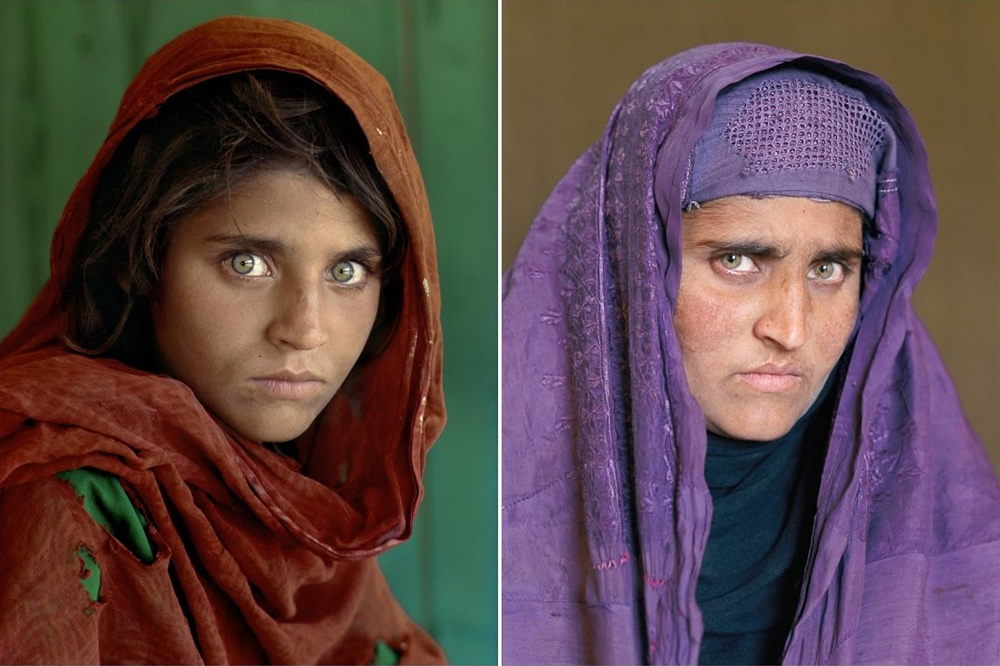Candid Photography is nothing but “catch people in the act of being themselves“. The goal of candid photography is not to grab pictures surreptitiously, with your subjects completely unaware that their picture is being taken.
The best candid pictures result when the subjects know exactly what is going on – and don’t care. With relaxed and comfortable subjects, the photographer can take his or her time, waiting for the right moment or the right look to capture. The result is a more natural photograph that tells something about the people being photographed: who they are, what they care about, or even what they think of the photographer!
Photos by Siddharthan Raman

Things to consider while you capture Candid Photographs
#1 Patience:
A bit of patience and a few hours observing people in a public square is a good technique for grabbing interesting candid photographs.
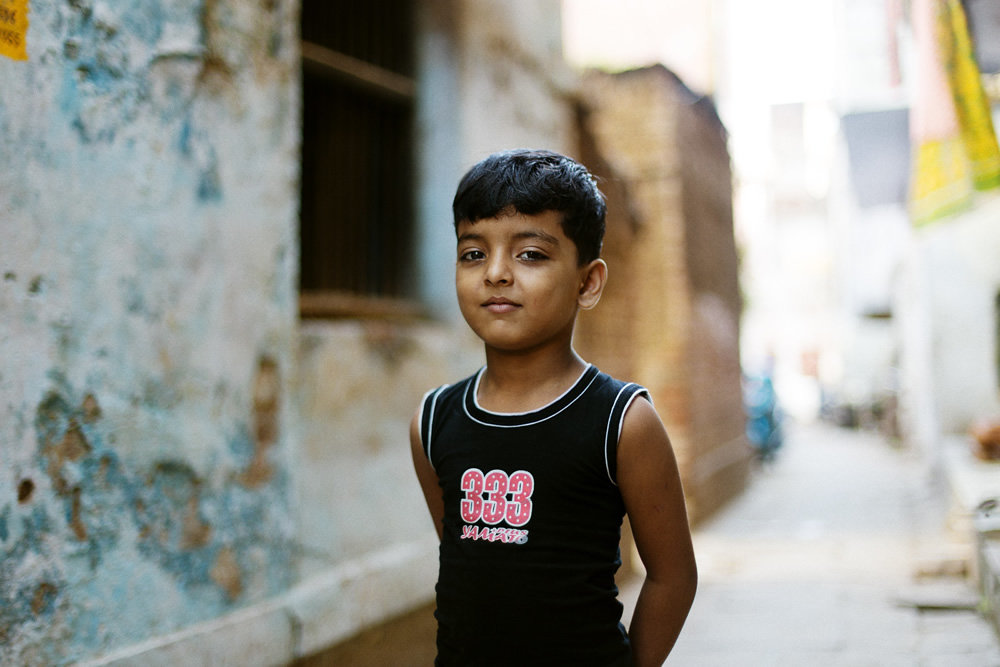
#2 Background:
If possible, choose a shooting position that provides a clean background, or shoot using a wide aperture to blur background distractions or frame tightly. If you must change positions, be quite to avoid distracting the subject or giving away your candid shooting.
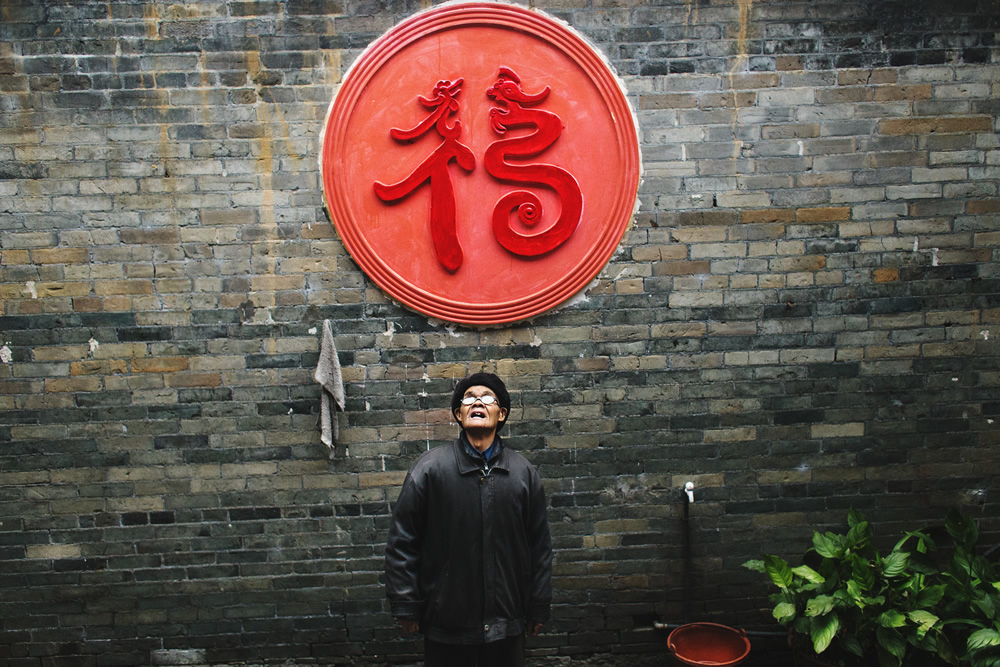
#3 Lighting:
Bright dappled sunlight provided its own set of challenges for this scene. In some cases, you have to accept the lighting and do the best you can to hold detail in important areas of the subject/scene.
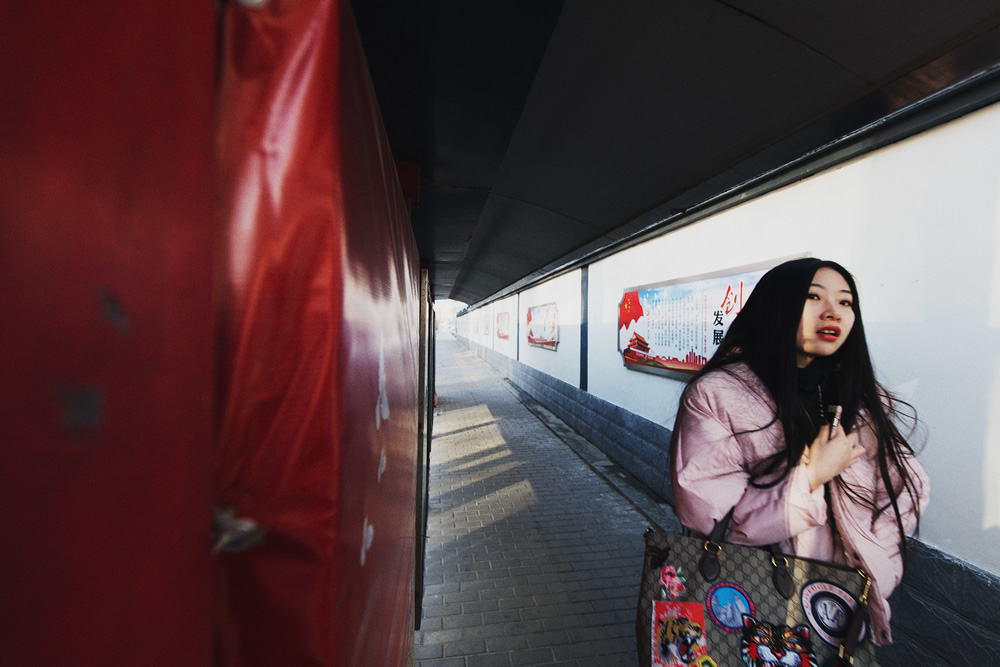
#4 Continuous Mode:
When an emotion or reaction occurs, capture every second by using the Continuous mode setting on your camera. Hold your finger down on the shutter button to capure multiple frames in quick succession.
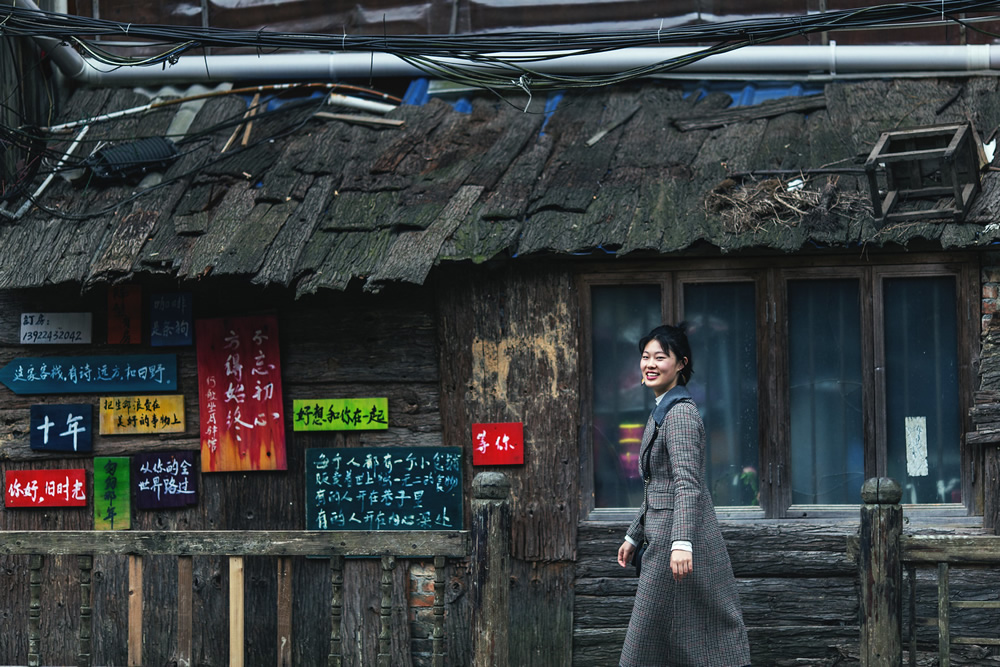
#5 Pre-focus the camera:
When your subject starts doing something interesting, look away and pre-focus the camera on a subject that’s the same distance from your camera as your subject. Keep the shutter button pressed halfway and watch your subject from the corner of your eye. Move the camera toward your subject when he does something you want to capture digitally, and press the shutter button the rest of the way.
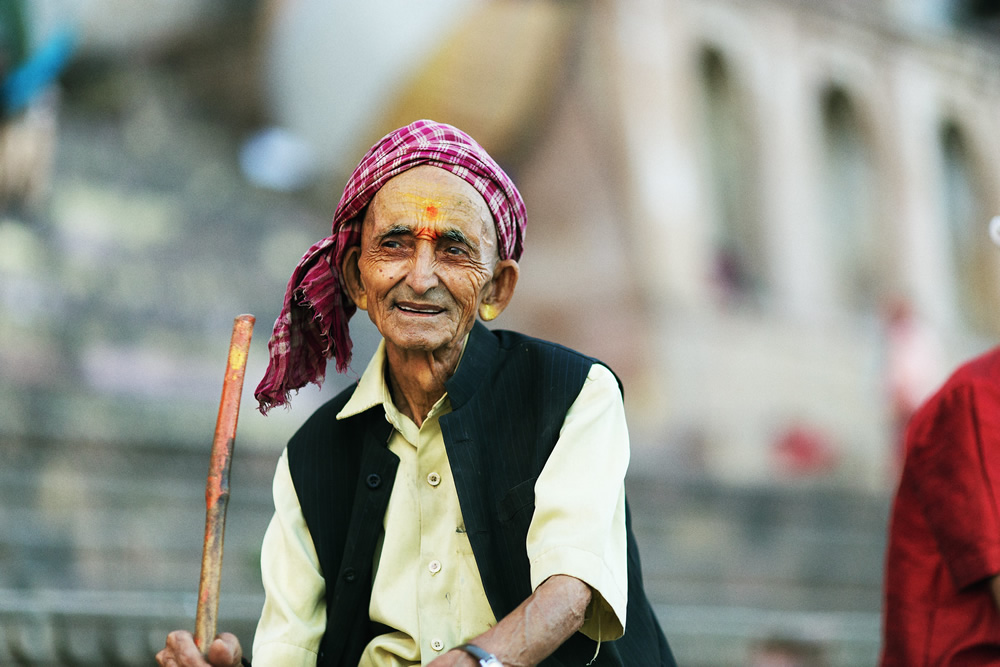
#6 Lenses:
Choose your lenses after you survey the overall look of the scene. For example, if the background is busy and distracting, choose a telephoto lens to help blur the background. Have alternate lenses nearby and easy to grab for quick lens changes.

#7 Children are great subjects for candid photography:
Photograph your child at play, when he’s taking music lessons, or studying. Children have a tendency to act like hams in front of a camera. If your child goes over the top, put the camera down and let him get involved in what he’s doing. When he’s focusing more on his activity than you, pick up the camera again and start taking pictures.
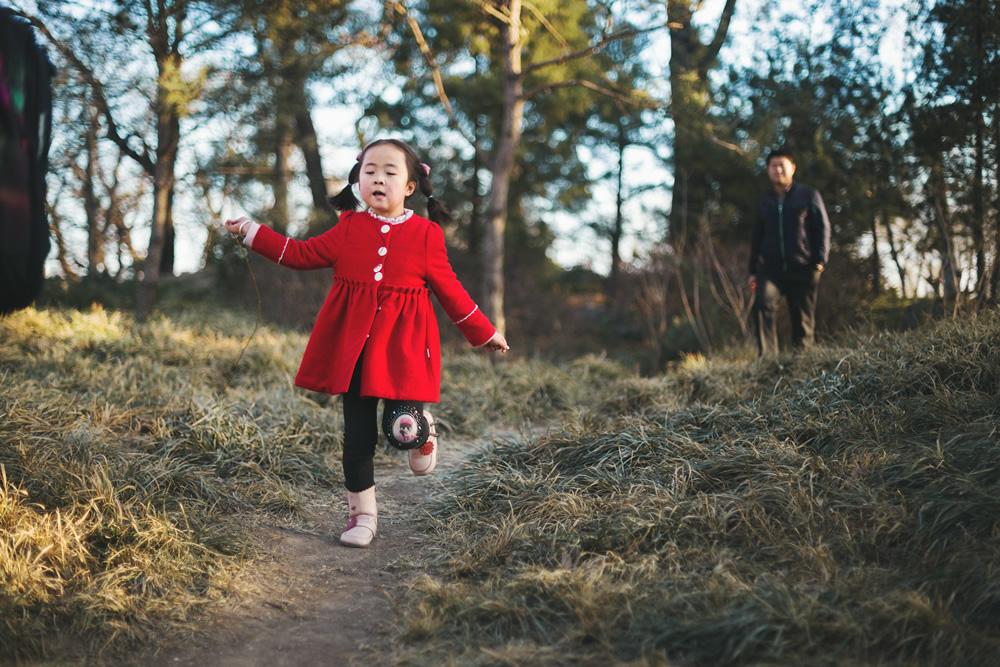
You’ll get great candid portraits if you’re ready and focused on your subject. This doesn’t mean you have to have the camera at your eye at all times. Do your best to blend in and let your subject get used to your presence.
You may interested in the following related posts:









